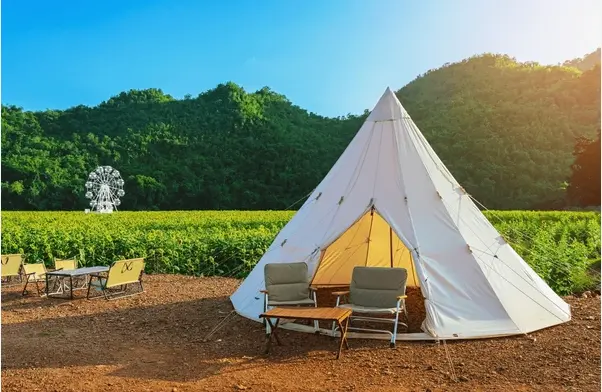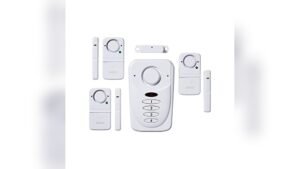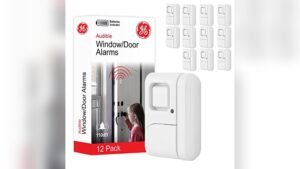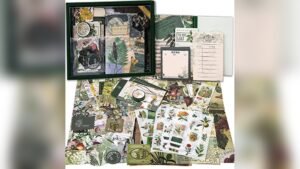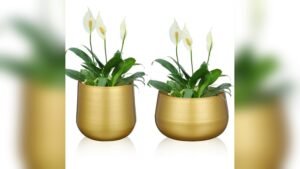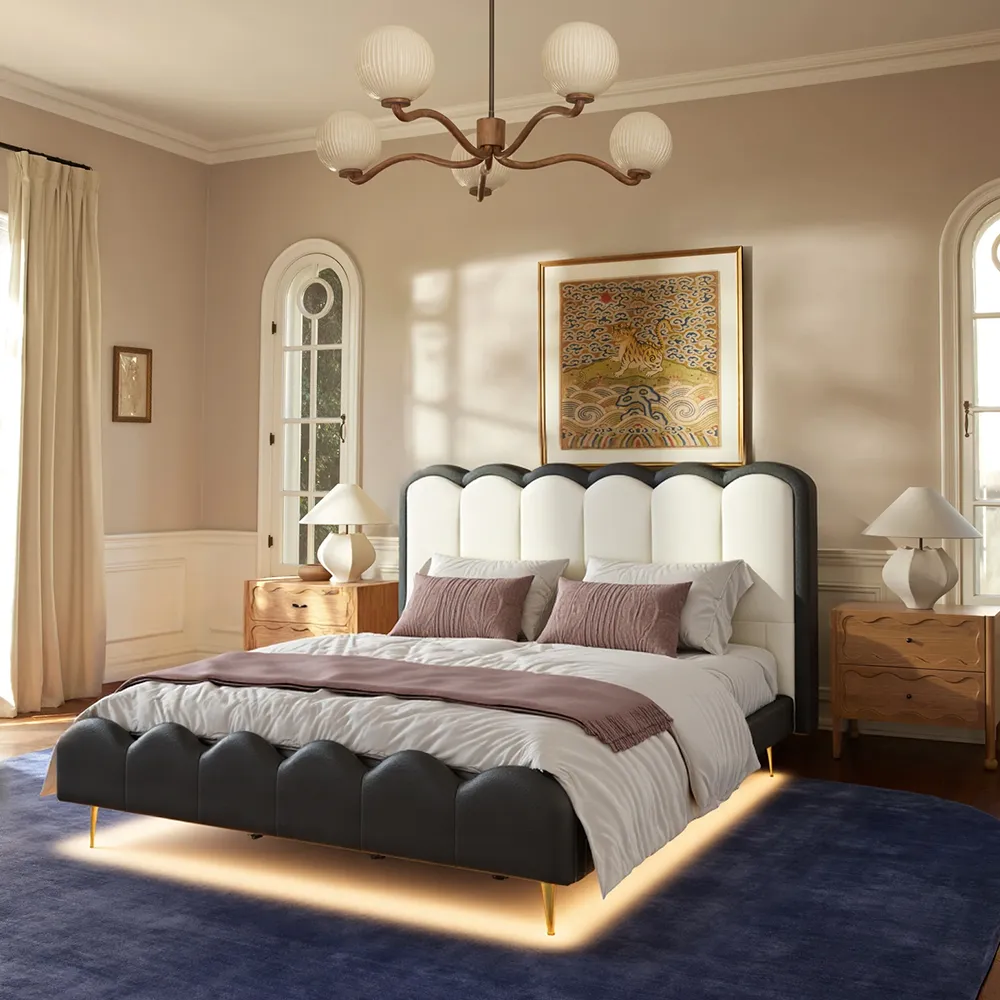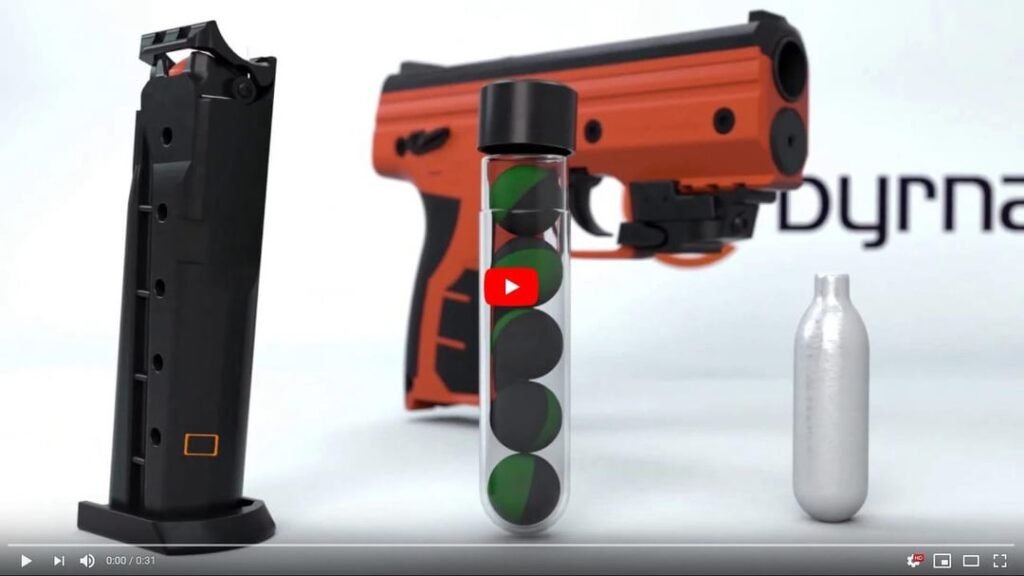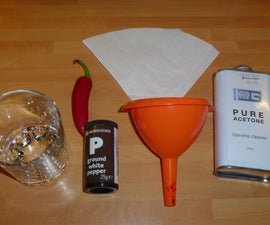Imagine having a table that you can easily store away when you need more space. A table that is not only functional but also stylish and versatile.
Sounds like a dream, right? But it doesn’t have to be. With a bit of creativity and some handy tips, you can create your very own table with foldable legs. In this guide, you’ll discover how to transform a simple DIY project into a masterpiece of convenience and design.
Whether you’re looking to save space in your cozy apartment or need a portable table for your next outdoor gathering, this project is perfect for you. By the end of this article, you’ll feel equipped and inspired to craft a table that fits your lifestyle and enhances your living space. Are you ready to roll up your sleeves and dive into a rewarding project that combines practicality with personal flair? Let’s get started!
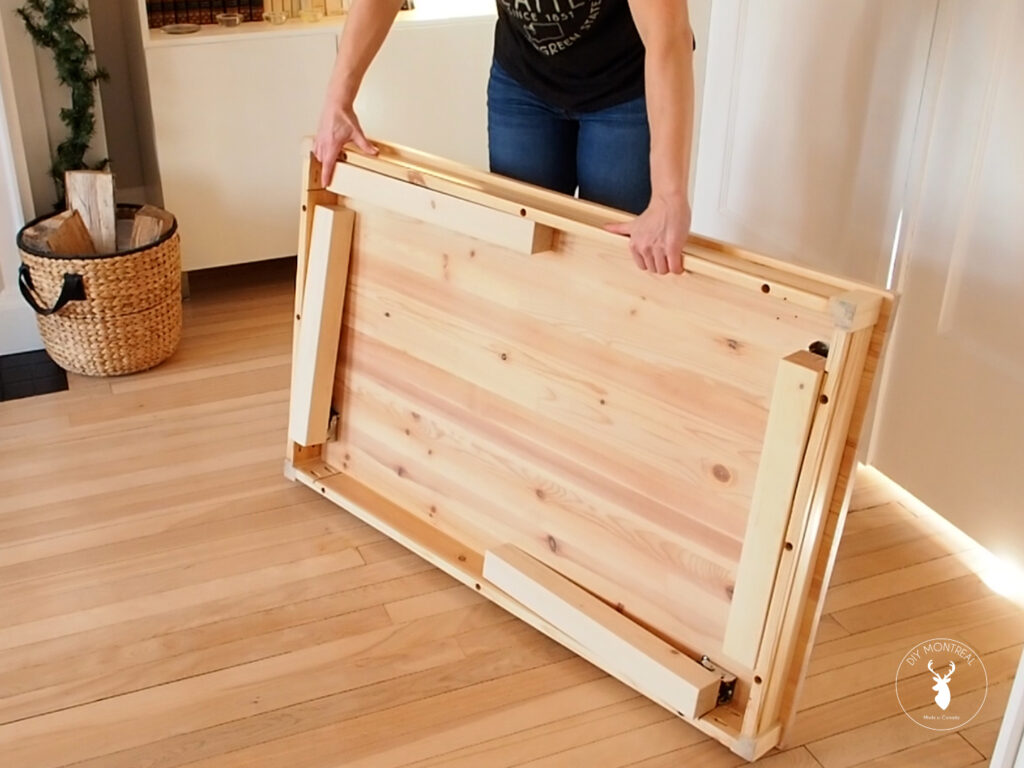
Credit: www.diymontreal.com
Materials And Tools Needed
Creating a table with foldable legs can be a fun project. It requires a thoughtful selection of materials and the right tools. This guide explores the necessary materials and tools to ensure your table is sturdy and functional.
Wood Selection
Select durable wood like oak or pine for the tabletop. These woods offer strength and a pleasing appearance. Consider the wood’s thickness for added stability. Avoid using overly soft woods that may warp.
Foldable Leg Mechanisms
Foldable legs need reliable mechanisms. Hinges or brackets are common choices. Choose high-quality metal components to ensure durability. Check their weight capacity to match your table’s usage.
Essential Tools
A saw is crucial for cutting wood to size. A drill helps attach the foldable leg mechanisms securely. Sandpaper smooths the wood surfaces for a neat finish. A measuring tape ensures precise dimensions.
Design Planning
Design planning is crucial for creating a table with foldable legs. It ensures functionality and aesthetic appeal. Thoughtful design makes the table practical and stylish. Consider dimensions, leg placement, and style for the best result. Each aspect contributes to the table’s usability and look.
Table Dimensions
Decide the size of your table. Consider the space available for use and storage. A larger table offers more surface area. A smaller table is easier to move and store. Measure the area where the table will be placed. Ensure it fits comfortably without crowding the space.
Leg Placement
Leg placement affects the table’s stability. It should be balanced for support. Foldable legs require careful positioning. Ensure they lock securely when extended. The placement impacts how the table folds. Check that the legs do not interfere with each other.
Style Considerations
Choose a style that matches your décor. Modern, rustic, or minimalist options are available. The design should complement the room’s theme. Materials like wood, metal, or plastic offer different looks. Select finishes that are durable and attractive. Style impacts the overall appeal of the table.
Cutting And Preparing Wood
Creating a table with foldable legs requires precise woodwork skills. Cutting and preparing the wood is the first step. This stage ensures your table is sturdy and looks great. Let’s dive into the key steps involved in cutting and preparing wood for this project.
Measuring And Marking
Start by measuring each piece of wood carefully. Use a tape measure for accuracy. Mark each measurement using a pencil. This ensures precision in your cuts. Double-check your marks before cutting. This prevents mistakes and wasted material.
Sawing Techniques
Choose the right saw for the job. A hand saw offers control for beginners. For straight cuts, a circular saw is efficient. Always cut along your pencil lines. This keeps your pieces even and accurate. Use a steady hand for clean cuts.
Sanding For Smooth Finish
Sanding smooths out rough edges and surfaces. Begin with coarse sandpaper to remove splinters. Progress to finer sandpaper for a polished finish. Sand along the grain of the wood. This prevents scratches and gives a professional look. Clean the wood dust with a cloth after sanding.

Credit: www.instructables.com
Constructing The Tabletop
Crafting a table with foldable legs involves choosing sturdy materials and ensuring the legs fit securely. Careful measurements and precise cuts guarantee stability. Lastly, attach the foldable legs, allowing the table to be easily stored.
Constructing the tabletop is a crucial step in making a table with foldable legs. This part of the table holds everything together. It must be sturdy and smooth. Here’s how you can craft a perfect tabletop.Joining Wood Pieces
Start by selecting high-quality wood. Choose pieces that are straight and free from cracks. Arrange them side by side. Make sure they fit snugly. Use wood glue to bond them. Apply a thin layer along the edges. Clamp the pieces tightly. Let them dry completely. This ensures a solid and stable surface.Reinforcing The Surface
A strong tabletop resists wear and tear. Reinforce it with additional supports. Attach wooden braces underneath. Position them in a cross pattern. Secure with screws for extra strength. This prevents bending and sagging. Double-check for any weak spots. Reinforcement keeps the tabletop durable.Applying Finishes
Finishing touches add beauty to the tabletop. Sand the surface smoothly. Remove any rough edges. Choose a finish that suits your style. Varnish or paint works well. Apply in even strokes. Let each coat dry thoroughly. This protects the wood from damage. A polished finish enhances the table’s appeal.Installing Foldable Legs
Installing foldable legs on a table adds practicality and convenience. It allows you to save space and easily transport the table. The process involves several steps to ensure the legs function smoothly. Follow these steps to attach the leg mechanisms, ensure stability, and test foldability.
Attaching Leg Mechanisms
Start by choosing sturdy leg brackets. These will hold the legs securely. Position the brackets on each corner of the table. Use a measuring tape to ensure even placement. Drill pilot holes to prevent wood splitting. Attach the brackets using screws. Ensure each bracket is tightly fixed. This prevents wobbling and enhances durability.
Ensuring Stability
Stability is vital for foldable tables. Check the tightness of screws regularly. Loose screws can cause instability. Add lock washers to screws for extra security. Consider using rubber feet on leg ends. This prevents slipping on smooth surfaces. Make sure the legs are of equal length. Uneven legs can cause tilting.
Testing Foldability
Foldable legs should operate smoothly. Test the folding mechanism by opening and closing the legs. They should fold without force or resistance. Listen for any unusual sounds. These can indicate misalignment or obstruction. Adjust the brackets if necessary. Make sure the legs lock securely when extended. This ensures the table remains stable during use.
Final Assembly
The final assembly stage is where your table takes shape. It’s crucial to ensure each component fits perfectly. This step requires attention to detail. A well-assembled table guarantees stability and durability.
Connecting Table Components
Begin by placing the tabletop on a flat surface. Attach the foldable legs to the designated spots. Use pre-drilled holes for easy alignment. Secure each leg firmly with screws. Ensure the legs fold smoothly.
Securing Fasteners
Fasteners hold your table together. Use a screwdriver to tighten all screws. Avoid over-tightening to prevent damage. Check each fastener for security. Make sure they are snug and secure.
Quality Checks
Inspect the assembled table carefully. Check the sturdiness of the legs. Ensure the tabletop is level. Look for any wobbles or loose parts. Test the folding mechanism. Make adjustments if needed.
A thorough check ensures a functional and safe table. Your table is now ready for use. Enjoy the fruit of your labor!
Tips And Tricks
Crafting a table with foldable legs is practical and space-saving. Begin by selecting sturdy materials and ensuring precise measurements. Secure hinges for smooth folding and stability, creating a functional piece perfect for small spaces.
Creating a table with foldable legs can be fun and practical. It adds versatility to any space. It’s important to know a few helpful tips and tricks. These will ensure your project is a success. This guide offers insights into maximizing space, customizing your table, and maintaining it for long-term use.Space-saving Ideas
Foldable tables are perfect for small spaces. Use them in rooms where space is limited. Store the table easily when not in use. Consider the height of the folded legs. This helps the table fit into tight spaces. Opt for lightweight materials. This makes the table easier to move and store. Keep the design simple to save space.Customization Options
Personalize your table to suit your style. Choose different materials like wood or metal. Paint or stain the tabletop for a unique look. Add decorative elements like patterns or textures. Consider adding wheels to the legs. This makes the table more mobile. Select foldable leg designs that match your decor. Customize the table size to fit your space.Maintenance Advice
Proper maintenance ensures your table lasts longer. Clean the table regularly with a soft cloth. Use mild soap and water for stubborn stains. Check the folding mechanism often. Ensure it works smoothly. Tighten any loose screws or bolts. Store the table in a dry place. This prevents damage from moisture. Protect the surface with a tablecloth when in use. This keeps it looking new.
Credit: www.youtube.com
Frequently Asked Questions
How Can I Make Foldable Table Legs?
To make foldable table legs, start by choosing durable materials like metal or wood. Use hinges to allow folding. Ensure stability with locking mechanisms. Measure accurately to maintain table balance. Follow a step-by-step guide for precise assembly. Prioritize safety by checking weight limits and secure connections.
What Tools Are Needed For Foldable Table?
To make a foldable table, you’ll need a saw, drill, screws, hinges, and measuring tape. A screwdriver and level are essential for precise assembly. Sandpaper can smooth rough edges. Always wear safety gear when using power tools. Gather all tools before starting to ensure a smooth process.
Can I Customize Foldable Table Design?
Yes, you can customize a foldable table design. Choose your preferred materials and color. Adjust the size to fit your space. Add personal touches like patterns or paint. Incorporate additional features like adjustable height or storage. Ensure your design remains functional and sturdy for everyday use.
Is Foldable Table Easy To Store?
Foldable tables are easy to store due to their compact design. They can be folded flat and tucked away in small spaces. Ideal for apartments, they save space when not in use. Lightweight materials make them easy to transport. Ensure locking mechanisms are secure before storing to avoid damage.
Conclusion
Crafting a table with foldable legs is simple and rewarding. You save space and can easily store it. The steps outlined are clear and easy to follow. Use good materials for a sturdy and long-lasting table. Safety is key, so ensure the legs lock securely.
This DIY project is perfect for enhancing any room. Enjoy your new, functional furniture piece. Share your table-making experience with friends. Inspire them to try it too! Keep exploring more DIY projects. Creativity knows no bounds. Happy crafting!
